I was lucky enough to win a copy of Gerry’s latest book in a Connacht Clan competition, so I thought I would do a review as a reward/punishment to you, the loyal reader/glutton for punishment (delete as appropriate). Obviously I timed it perfectly to coincide with the Christmas market for next year, when you can surprise your friends who are expecting a dvd of Connacht’s Champions Cup final victory with a book based about last year’s wonderful Pro12 season instead.
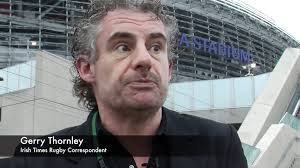
Its very hard to write a book where the reader already knows the ending, so credit to Gerry for holding the readers attention throughout the 300 odd pages that detail Connacht’s slow journey to the summit of the Pro12 league. Given we know that this is the destination, there is more than a little foreshadowing in the authors descriptions of events from the start of professionalism onwards, an assumption that things were always building to success. At the same time much of the detail in the story show that this was far from the inevitable. When Warren Gatland took over as coach he had the branch buy as many balls as possible and set about drastically improving the teams skills – a heavy hint at the beginning of Lam’s reign when the latter made every player carry a ball at all times. Gatland’s emphasis on skills and preplanned moves had a huge impact on Connacht results, particularly in Europe, though they didn’t have the squad depth to compete on two fronts – plus ca change as Gerry would say. Despite, or more accurately, because of some excellent results Gatty was not long for Connacht, and we never found out what he could have done if he really got his feet under the table. Thornley touches on the time when Connacht battled with extinction, but ultimately makes the whole sorry situation appear to have had a positive effect on Connacht, which is backed up to an extent by statements from Elwood and others.
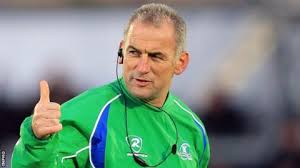
The seven seasons under Bradley are likewise brushed over in a few pages, which is understandable as there was very little happening in this period worth dwelling on. Though Elwood and Mul speak highly of Bradley, his philosophy of targeting winnable games left a heavy mark on both the players and supporters. Rather than facing up to losses and learning from them, Bradley engrained failure within his system. While Mul accepts they hadn’t the squad to compete over a league season, its clear from interviews with him and Loughney that those years left a scar. During that time, despite some modest success in the Challenge Cup, there were very few signs to suggest that things could ever improve to the point that Connacht would ever compete for a top half position in the league, much less win it. Similarly, while Elwood’s time was generally more positive in attitude, there was very little change on the pitch. What really changed was his constant lobbying of the IRFU to give Connacht a better share of resources, something contributed to him feeling burnt out within three seasons, but which paved the way for Lam.
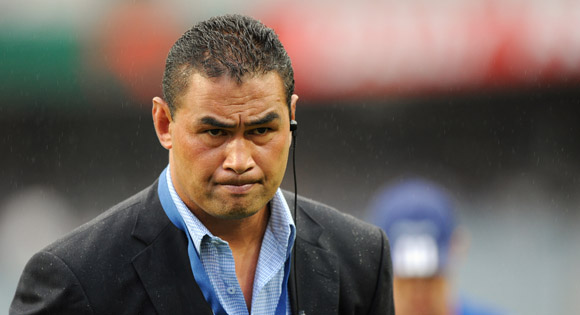
In the modern GAA, the players are amateurs who train and operate like professionals. In contrast, until Lam’s arrival, Connacht were a professional team who apparently trained and operated like amateurs. All this changed under Lam, who in large part due to Elwood’s persistence, was given the budget to recruit some quality coaches, a strength and conditioning team, video analysis and more. For the first time Connacht had the full complement of backroom staff that every other team in the league has had for close to a decade now. While Lam always talks about the Connacht identity, its clear that in reality Connacht were a province without a strong personality, and so Lam found it relatively easy to transpose his rugby and familial experiences in Samoa and NZ onto the West of Ireland, which was quickly taken up by the majority of the squad, and gradually grew into a self-sustaining entity. The other thing Lam provided was a name that was strong enough in the Southern Hemisphere to bring in players who had never heard of the province. His recruitment – again with the support of the IRFU and team manager Tim Allnutt – was one of the cornerstones of his success. Whereas Bradley instilled a belief that the team would only ever be good enough for a once off performance, Lam brought not just signings, but an infectious optimism and a culture of self-improvement that anyone can learn from and apply in their own lives. The mantra ‘there are no mistakes, only learnings’ comes through loud and clear throughout this book.
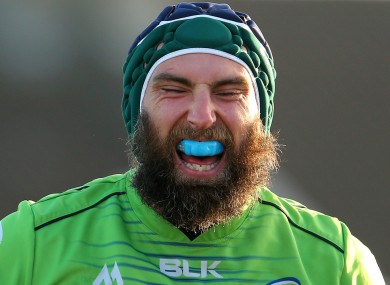
It has to be said that the writing is a little clunky at times, with the occasional incomprehensible change between tenses, but all your favourite Gerryisms are here – Leinster are ‘bulk suppliers to Schmidt’s Ireland’, the odd French phrase slips in, and Thomond is a fortress – but overall its well written and there are enough interesting interviews with players and staff to keep your interest even if you previously watched all the games described in the book. Those game reports are also complimented by some insights from Lam and Muldoon in particular, who add retrospective thoughts on the previous season. Although we’ve read most of the stories of Krasnoyarsk, I still lapped up all the information on this trip. Its bizarre to think that European rugby thought it was ok to play a game in a Siberian winter, and it’s a miracle that no one was injured during the game. Even a small injury could have escalated into a major issue trying to provide medical care. The difficult journey home almost served as a small reminder of how lucky the team really were that week. The chapters on the semi-final and final game me goosebumps reliving it, confirming that the slightly unreal memory of Murrayfield actually did happen, and I didn’t just imagine it all.
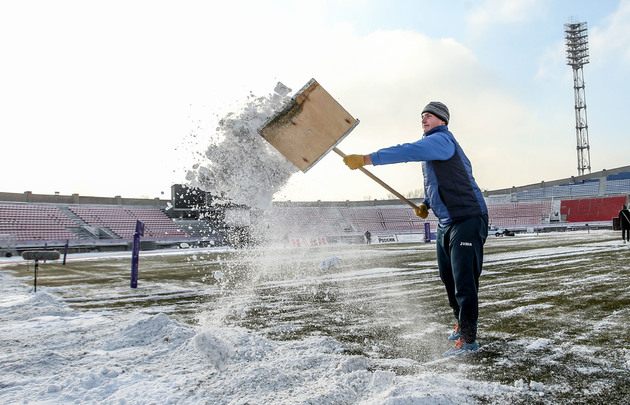
I don’t read a lot of sports books, so I can’t really say how this compares, but I can say that I did learn a bit. I thought for instance that Lam’s decision to train the academy with the seniors was a masterstroke, and it did allow certain players like SOB, Connolly, and O’Donnell to slot into position when called upon remarkably well. But Lam says in the short term it was actually the wrong decision, as he was trying to train too many players at once. Things improved when Bell and Ellis arrived and were able to upskill the academy prospects at times, while those who were on the cusp of playing senior rugby were brought into the squad training sessions.
Also, the theme of the book, whether intended or not, is really the litany of luck and little quirks that can make a massive impact on a sports team. While we might like to believe that we have a plan, or that there is a path to success in place to follow, we find again and again that it was a lucky break, or someone else’s misstep, that allowed for things like the signing of Gatland, Lam, Heenan and Ellis, to name a few. That’s not even to list all the possibilities that never came to fruition. Anyone looking to learn the ins and outs of rugby team training and preparation, strength and conditioning, or in depth recruitment techniques, will be left disappointed. What you will find is some fairly honest interviews with players and coaches about their experiences at Connacht, and given how little attention the media has traditionally paid to the province, there is still plenty for us to learn.
I would have loved to read more about how Lam made his decision on what players to recruit and to cut, but the Gerry avoids anything close to muckraking in what is a very wholesome and positive minded book. The best sections are undoubtedly the interviews with Gatland, Elwood, Bradley, Lam, Mul, Niyi, and a number of others. Some of these were previously published with the Irish Times but have been expanded quite a bit.
Equally interesting perhaps is those that weren’t interviewed for whatever reason – it would have been great to hear from McCartney, Muldowney, Henshaw and McGinty for instance. Really though, the whole team could have been interviewed and it would have been worthwhile reading. The result is a first draft of history that inevitably gives preference to some peoples contributions over others.
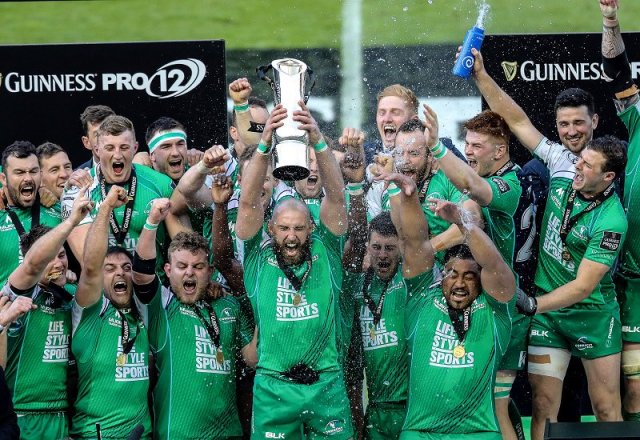
Front up, Rise up by Gerry Thornley is available from all good bookstores priced £20/€25

